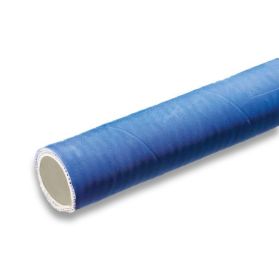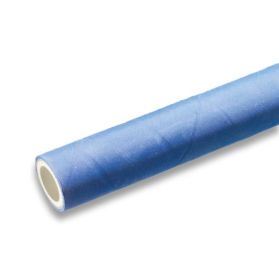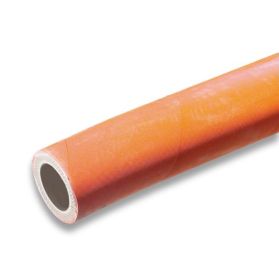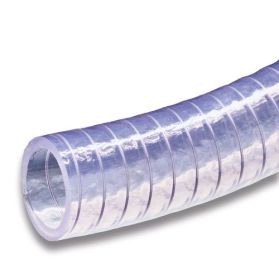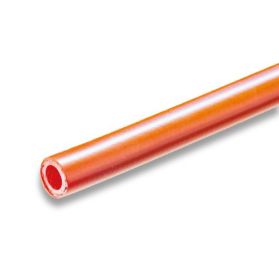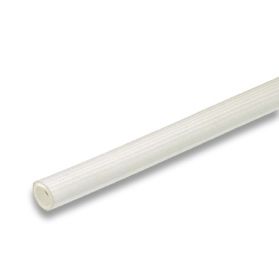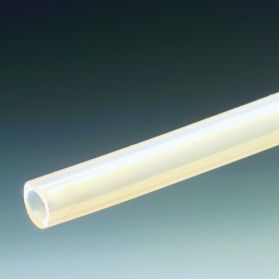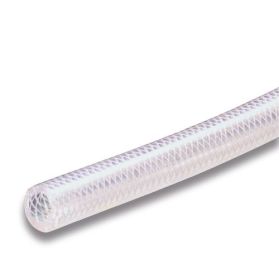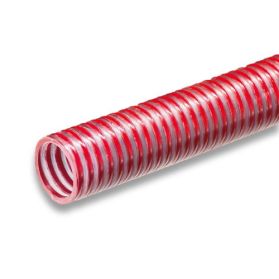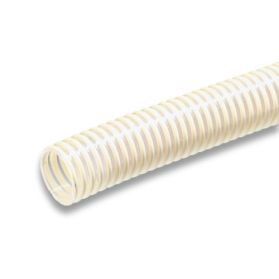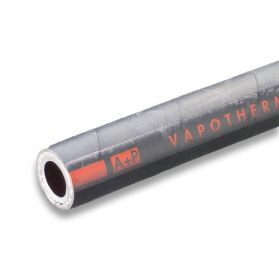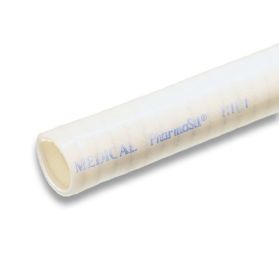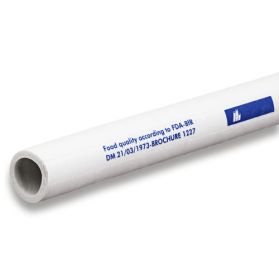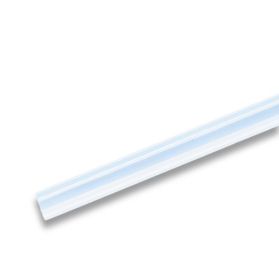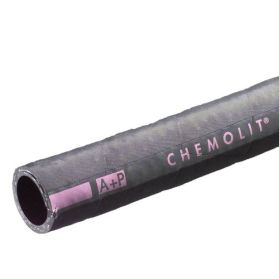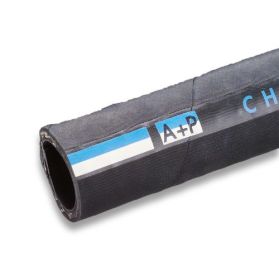Hoses
 LACTAPRESS Hose for drinks without spiral, as of inner Ø 32 mmNumber of articles in this product: 2
LACTAPRESS Hose for drinks without spiral, as of inner Ø 32 mmNumber of articles in this product: 2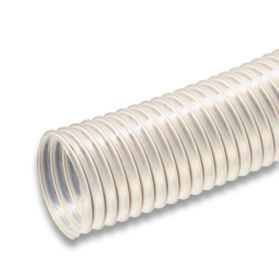 AIRSPIR PUR-WP 7 Polyurethane profile hose spiralizedNumber of articles in this product: 16
AIRSPIR PUR-WP 7 Polyurethane profile hose spiralizedNumber of articles in this product: 16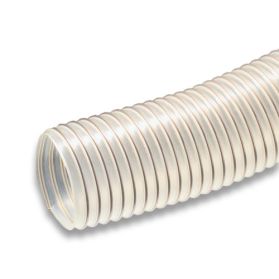 AIRSPIR PUR-WP 9 Polyurethane profile hose spiralizedNumber of articles in this product: 7
AIRSPIR PUR-WP 9 Polyurethane profile hose spiralizedNumber of articles in this product: 7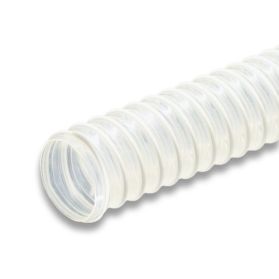 AIRSPIR PUR-WP 14 Polyurethane profile hose spiralizedNumber of articles in this product: 7
AIRSPIR PUR-WP 14 Polyurethane profile hose spiralizedNumber of articles in this product: 7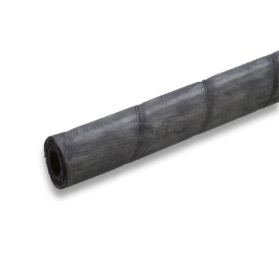 VAPOTHERM 160 Steam- and hot water hose without spiralNumber of articles in this product: 4
VAPOTHERM 160 Steam- and hot water hose without spiralNumber of articles in this product: 4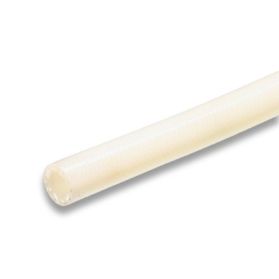 SILTORRID® PHARMA Pt Silicone hose without spiralNumber of articles in this product: 8
SILTORRID® PHARMA Pt Silicone hose without spiralNumber of articles in this product: 8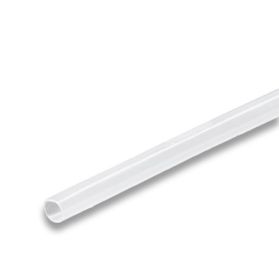 Silicone hose type SF 1303 medical-grade, dimensions in inchesNumber of articles in this product: 7
Silicone hose type SF 1303 medical-grade, dimensions in inchesNumber of articles in this product: 7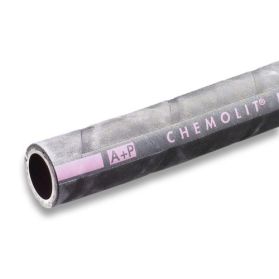 CHEMOLIT® ED Chemical transfer hose without spiralNumber of articles in this product: 6
CHEMOLIT® ED Chemical transfer hose without spiralNumber of articles in this product: 6
Our hose line solutions
Hoses and tubes have the same main function. They are used to transport media in different states such as gaseous, liquid and solid. In contrast to tubes, hoses are much more flexible and lighter. They can also be made of several materials such as thermoplastics, elastomers and even metal (corrugated metal hose). In addition to these main functions, hoses can be used for insulation, protection or vibration damping of plant components or machine elements.
Depending on the application, media, areas of use (indoor or outdoor) and operating conditions, the hoses must be carefully selected for durability and operational reliability.
Here are some influencing factors depending on hose properties that must be checked first when making the selection:
Hose dimensions:
The dimensions (inner diameter) of the hose depend on the connection size of equipment, machines or plants.
Material of the hose:
The choice of material depends on the conveyed media. The chemical resistance of the material must first be checked. A suitable material must also be selected for solids or abrasive media.
Operating temperature:
The operating temperature must be within the specified temperature range and is also dependent on the hose material.
Operating pressure:
The specified maximum pressure is usually at room temperature. Please note that the maximum pressure decreases accordingly with increasing temperature. Depending on the design pressure, a hose consists of several layers, such as an inner layer, reinforcement layer (insert) of plastic, yarn, textile or metal braids and an outer layer. The insert can consist of several braids for specific pressure levels.
Bending radius of the hose (installation type) TORSION:
Each hose has a defined bending radius (static and / or dynamic). When laying the hose or hose line, the bending radius must not be smaller than the specified bending radius due to the risk of kinking. It should also be noted that the pressure drop in the hose depends not only on the conveyed media, the hose inside diameter, the conveying speed, the surface properties of the hose wall, but also on the Installation type. An installed hose with many elbows has a much higher pressure drop than a straight hose of the same length.
Field of application:
For outdoor use, the hose outer layer must be resistant to ozone, UV and weathering.
Standards, guidelines and approvals:
Depending on the application, hoses must comply with various standards and directives.
Get advice from our experts!
There are also other important factors to consider, such as application in an explosive atmosphere, drainability of the hose lines, gas absorption, etc.
In order to be able to design the ideal hose line with suitable fittings for your operation, we would be pleased to offer you our qualified advice.

